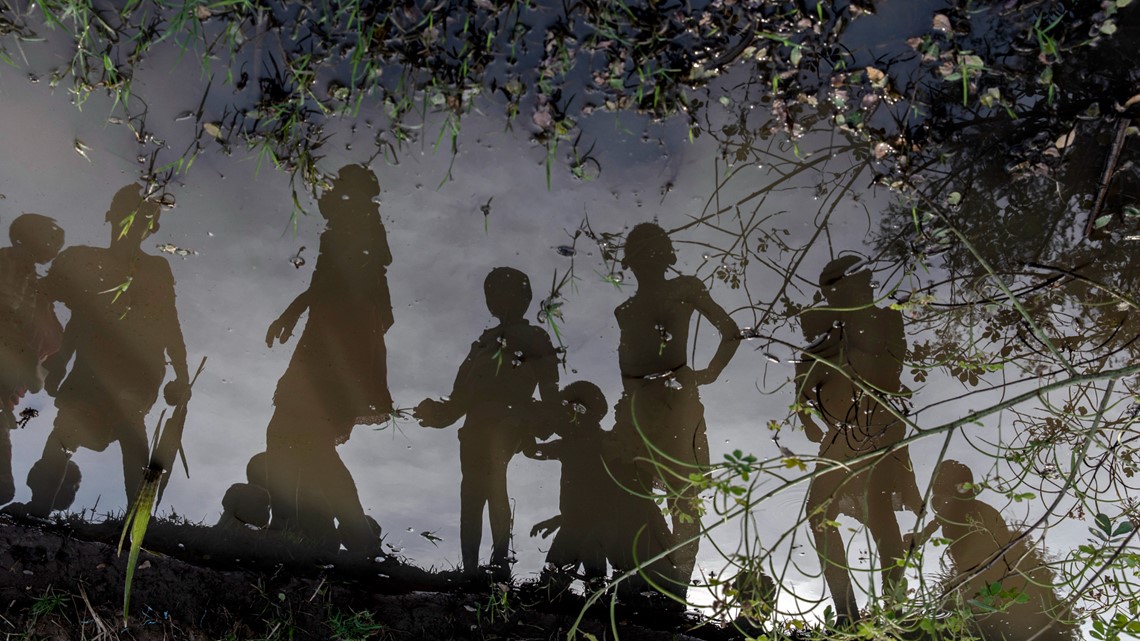Fires raged. Rivers flooded. Ice melted. Droughts baked. Storms brewed. Temperatures soared. And people died.
Climate change in 2021 reshaped life on planet Earth through extreme weather.
World leaders are gathering in Scotland to try to accelerate the fight to curb climate change. So far, it's not working, as the world keeps getting hotter and its weather more extreme, scientists and government officials say. They don't have to point far back in time or far off for examples.
There have been deadly floods in Belgium, Germany, China and Tennessee. Fire blazed in parts of the U.S. West, Greece and even the Arctic.
Heat waves proved deadly and unprecedented, pushing temperatures in the Northwest and even reaching 116 degrees Fahrenheit (47 degrees Celsius) in Portland, Oregon, a city known for its mild climate. Hurricane Ida paralyzed New York City with record-breaking, deadly rain.
"These events would have been impossible without human-caused climate change," U.N. Secretary-General Antonio Guterres said.


In just the United States, there have been 18 weather or climate disasters this year with losses exceeding $1 billion a year, according to the National Oceanic and Atmospheric Administration. Those 18 disasters caused 538 deaths and nearly $105 billion in damage. In the 1980s, the average year only saw three such disasters.
A report from AIR Worldwide, a global risk modeling firm, estimates that now each year extreme weather is costing $320 billion around the world, with only about one-third of it insured.
"We now have five times the number of recorded weather disasters than we had in 1970, and they are seven times more costly," Guterres said, speaking about global totals. "Even the most developed countries have become vulnerable."

